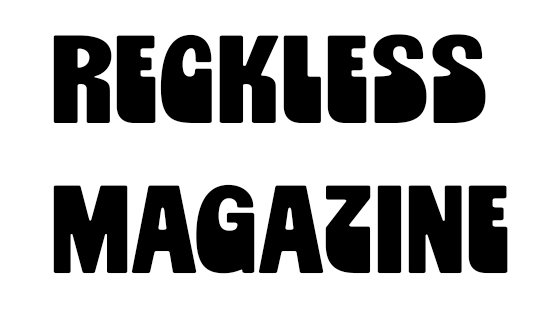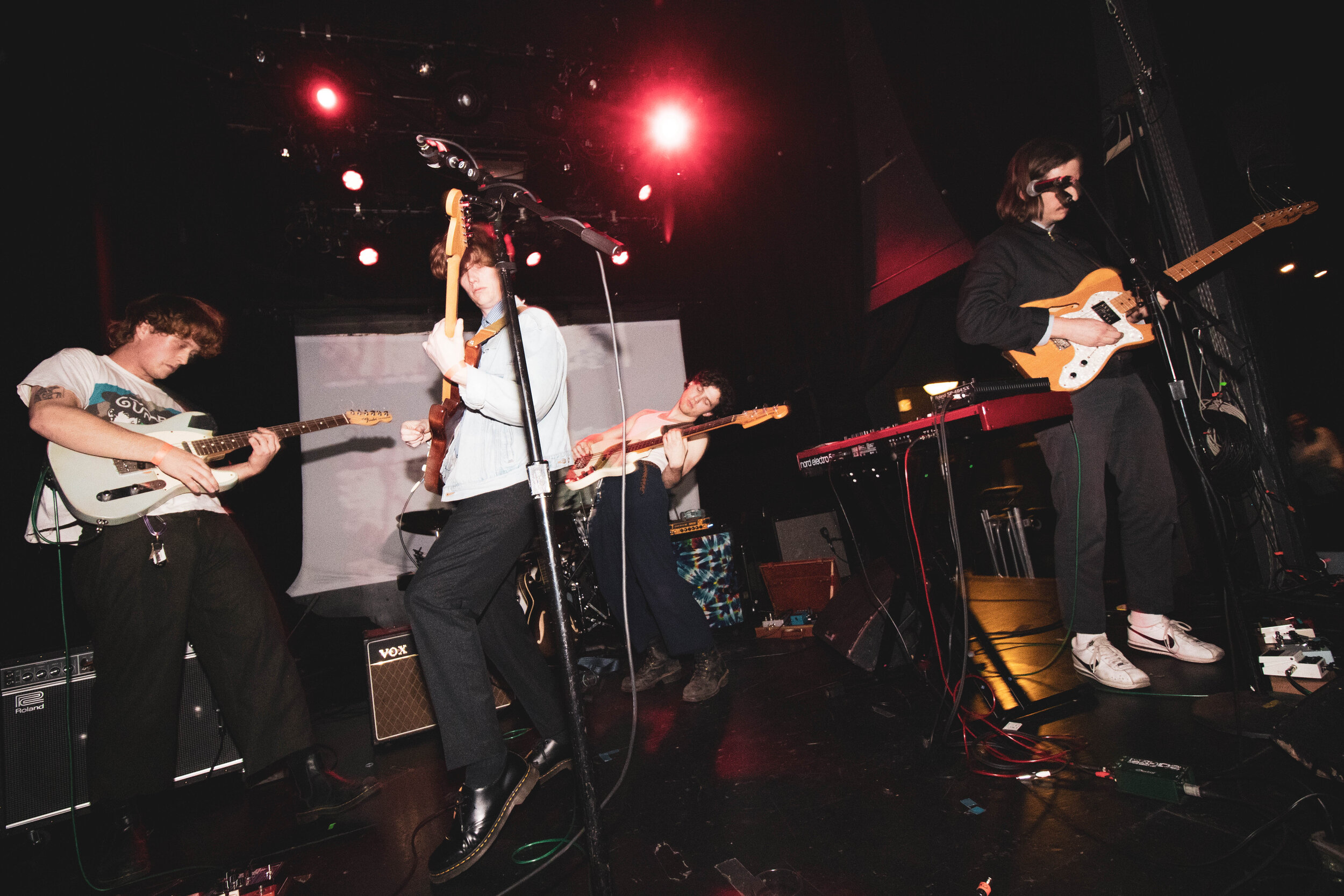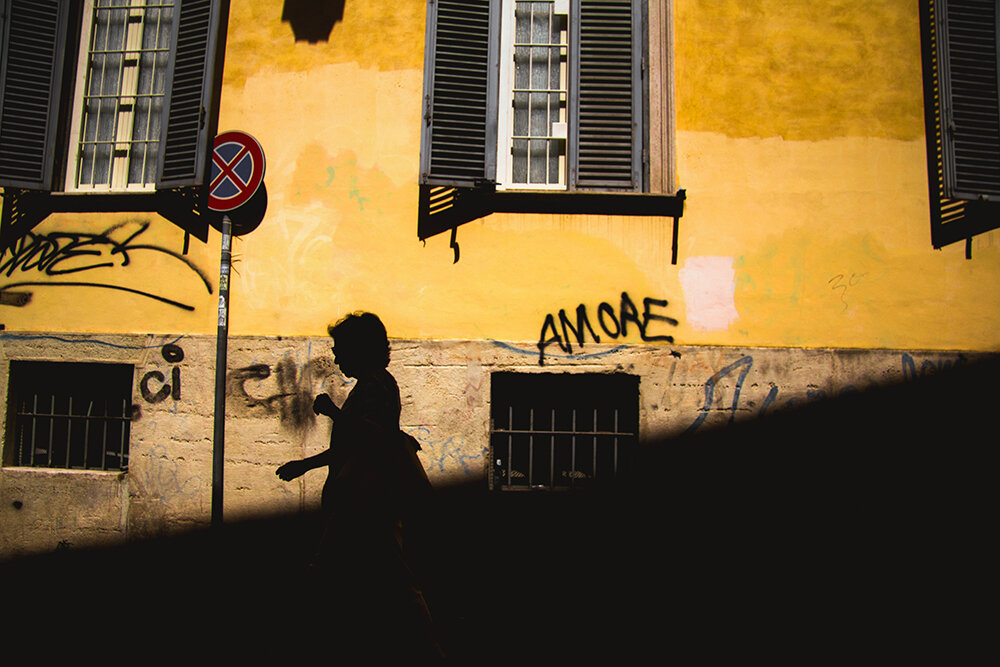Fear of Forgetting

Between Reality and Memory
Photography By Francesca Matta
Photographer Francesca Matta opens up about splitting time between Lebanon and Italy, partaking in an artist residency at the Imago+ Hotel in Puglia, and translating emotions into visual language.
Puglia, Italy and Beirut, Lebanon
How did you begin your journey as a photographer?
It all started with the fear of forgetting. I was scared that if I didn’t have a photo, I might one day convince myself that a moment never really happened. So I began documenting everything, not just to remember, but to hold onto proof that it all existed.
What have you learned along the way?
I’ve learned that anything can be a tool to translate emotions into a visual language. It doesn’t matter what camera you’re using, or even what the final image looks like. Sometimes, it’s in the in-between moments, the ones you didn’t plan for, where the real emotion reveals itself.
How would you describe your photography style?
After all these years, I’m still not quite sure how to describe my style. People often say there’s a kind of sadness in my images, but also a certain lightness. I think I’ve come to embrace that tension. There’s also something a bit dreamy about them, a softness that sits somewhere between reality and memory.
As an artist, what have been some challenges you've had to overcome? What are your greatest strengths?
I started photography by documenting my grandparents, which was challenging in many ways. They didn’t really want to be part of my project, and they were always aware of the camera. But I wanted to capture everything. The way they talked, the way they ate, the way they slept. And I couldn’t always do that.
Over time, I learned how to be more discreet, how to let moments unfold without interrupting them. I started to embrace the rawness of it all. Some moments might seem too intimate, even ugly to some; but I think that’s exactly the point.
Tell the story behind one of your photographs.
This photo was taken in 2021, nearly a year after the Beirut port explosion. It was the first time I wandered through the city with my camera, trying to listen to the silence it had left behind.
In Burj Hammoud, a dense and layered neighborhood, I saw a man carrying a microwave on his shoulder. Around him, time seemed to pause, like the whole street was holding its breath. And in that brief stillness, it felt like he was carrying more than just an object.
You split your time between Lebanon and Italy. How does each country inspire you?
Beirut is home. When I’m there, I feel a quiet weight; a need to hold onto what’s slipping, to document what might soon be gone. It’s not just about making images, it’s about marking presence, witnessing things that feel fragile and real. As if I have a responsibility to make some things lasts.
Italy, however, feels somehow lighter. There’s more space to breathe, to step back and explore. It opens up a different side of me. Moving between the two places allows me to shift perspectives somehow.
You are currently in a photography residency at Imago+, a hotel in Puglia, Italy. How is the residency going? What are you focusing on?
Yes! It’s been one of the most exciting things I’ve worked on this past year. The residency is a long meaningful process where I dive in deeply, then take a step back, letting time reshape how I see. With the guidance of my mentor Antonio Ottomanelli, I’ve been documenting the Libertà district, a complex and often overlooked neighborhood in Bari, full of stories and silent tension.
We’re currently working on a photobook that brings together my images, archival material, and texts by Vito Maurogiovanni, a writer and historian whose words add another layer of depth.
The book is an attempt to hold on to the fragility of time—not just capturing what is seen, but what is felt. It creates a bridge between the past and the present, and gives space to the void left in between.
Your work has been featured in publications such as Vogue,Cosmopolitan Italia, Purple Fashion, and more. What were these experiences like?
It’s pretty cool to see my work pop up in different places. It’s a nice reminder that what I’m doing resonates with people in different ways.
How do you approach commissioned work versus personal projects? What are some positives and challenges of each?
Today, I’m fortunate to work with brands, products, and places I really connect with, so my approach feels personal too. I don’t just treat it as a commission. I fully immerse myself in the project. The challenge is making sure the people I work with share my vision and sensibility. When they do, it’s such a rewarding feeling because everything just clicks.
As for my personal work, finding time and staying disciplined has been tough lately. I often put it on hold, thinking it can wait. But when I finally finish a personal project, seeing the final result brings back the emotions I felt while creating it, and it all feels worthwhile.
If you can photograph any place in the world, where would you want to photograph and why?
It would probably be the White Desert in Egypt or Lake Retba in Senegal. These surreal places, where softness exists in the middle of something raw, feel like a kind of utopia. They carry a silence that pulls you in, as if you’ve stepped into the space between what’s real and what’s surreal.
Agnès Varda once said, “If we opened people up, we’d find landscapes. ” And this is exactly what I’ve always imagined.
What's next for you?
Hopefully, my first solo exhibition in Beirut!
To See More of Francesca’s Work, Follow @francescamatta_
For “Beit Trad”
For “Cartier”
For “Middle Child”
For “Imago+”
For “Imago+”






